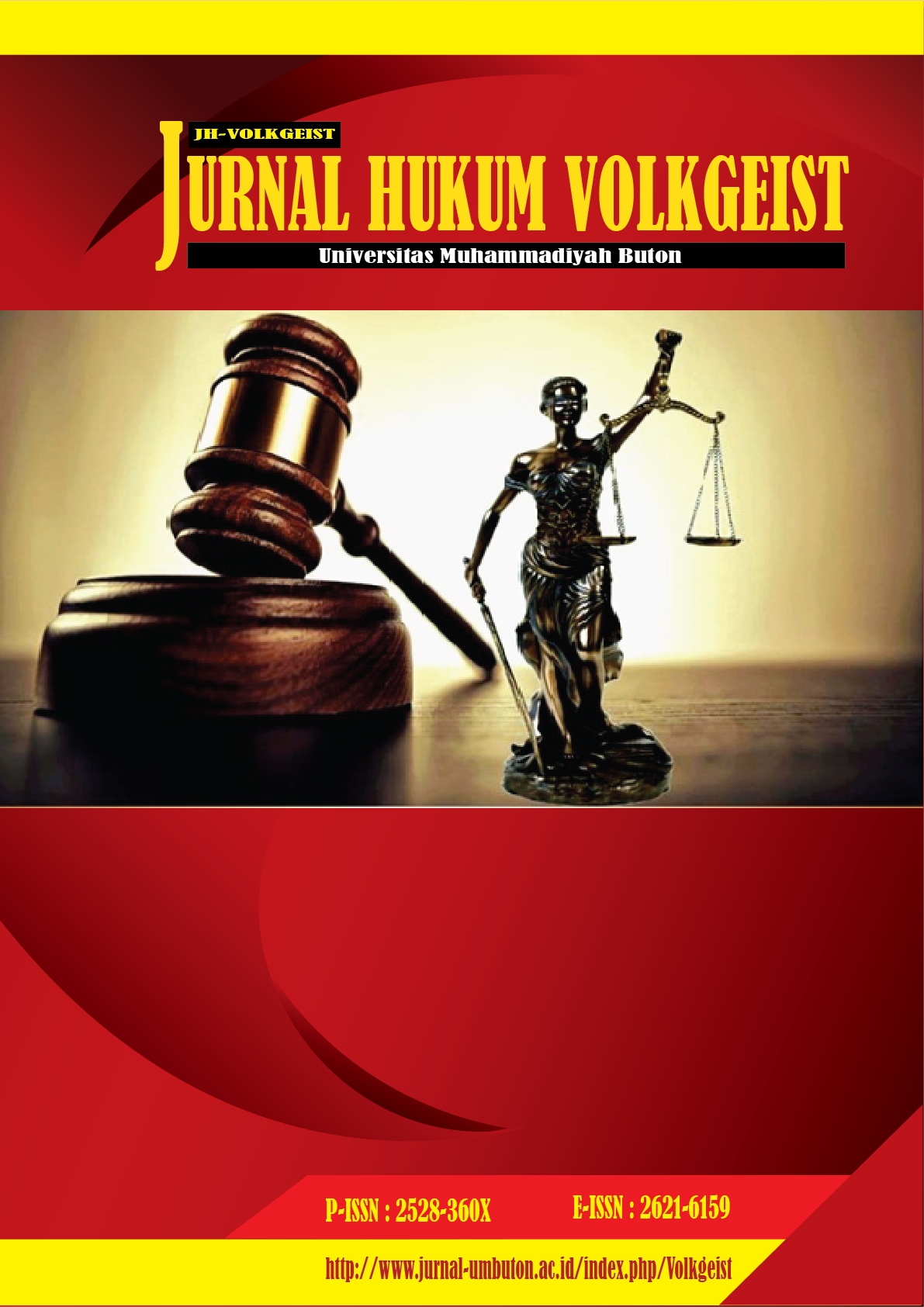Legal Protection of Ikat-Pahikung Woven Fabric Motifs in East Sumba Regency
DOI:
https://doi.org/10.35326/volkgeist.v6i1.1585Keywords:
Legal Protection, Law, Motive, Weaving IkatAbstract
Ikat weaving has been a source of employment, an important livelihood for the family and is widely recognized for a long time. One of the problems, in the last five years, has been the influx of "fake" ikat and even ikat textiles from outside East Sumba, which increasingly pushes the original ikat on the island of Sumba. There have been many "imitation" ikat weavings that use the original Sumba motif from the island of Java, forexample; Jepara, Pekalongan, Klaten, and other weaving clusters on the island of Java. This fact has implications for issues of performance, competitiveness, and sustainability of the ikat industry in East Sumba Regency which greatly impacts on the sources of employment and livelihoods of the local community. Therefore, this research will analyze the legal protection of the ikat-pahikung woven fabric motif in East Sumba Regency. This research is conducted by using field research (Empirical Research), which is to go directly to the field to conduct research using the Legal Sociology Approach, which is to examine and understand social phenomena in society to see the existing legal facts.
Downloads
Downloads
Submitted
Accepted
Published
Issue
Section
License
- Author retains the copyright and grants Jurnal Hukum Volkgeist the right of first publication of the work simultaneously licensed under the Creative Commons Attribution-ShareAlike 4.0 License that allows others to share the work with an acknowledgment of the work's authorship and initial publication in this journal
- The author is able to enter into separate, additional contractual arrangements for the non-exclusive distribution of the journal's published version of the work (e.g., post it to an institutional repository or publish it in a book) with the acknowledgment of its initial publication in this journal.
- The author is permitted and encouraged to post his/her work online (e.g., in institutional repositories or on their website) prior to and during the submission process, as it can lead to productive exchanges, as well as earlier and greater citation of the published work (See The Effect of Open Access).









.png)































